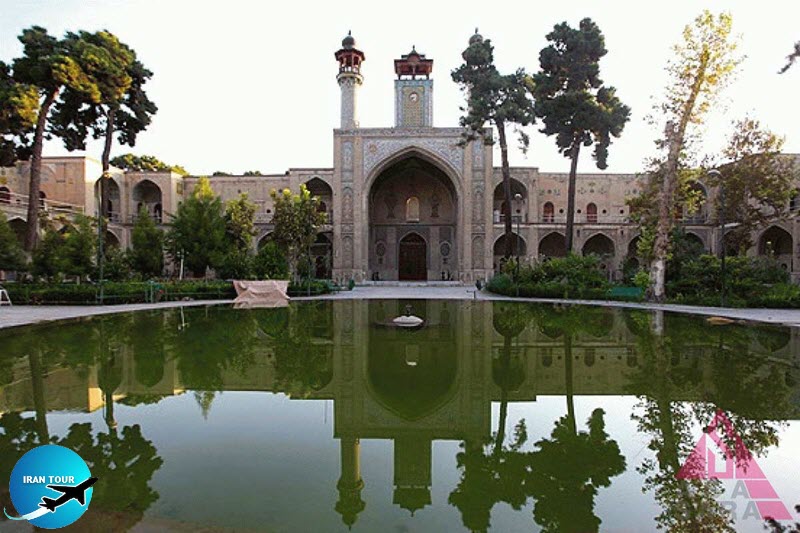Copyright 2020 - 2021 irantour.tours all right reserved
Designed by Behsazanhost
Motahari Mosque
Motahari Mosque
 |
Actually, there are few religious buildings of great importance in Tehran, but visitors not traveling outside the capital, should on no account miss visiting at least one mosque, so this recent one is at least worth mentioning.
Funds for its construction were provided by the enormously rich Mirza Hossein Khan, who had been in turn Naser ad-Din Shah's Grand Vizier, Minister for Foreign Affairs, and Commander-in-Chief (Sepah Salar). Built on the traditional four-Ivan plan around a large, arcaded court, the mosque was not completed until 1890. Its large prayer hall has 44 columns, and the top of one of its minarets was once one of the vantage points to see the new Tehran and the Alborz Mountains. The southwest Ivan leads into the spacious domed sanctuary chamber which has been re-tiled in and outside, during recent decades and now provides an excellent example of contemporary Iranian tilework, both haft range, and mosaic. The northeast Ivan opposite is surmounted by a tiled clock tower and flanked by a pair of small minarets. The scrupulous restoration carried out recently shows that modern craftsmen are as skillful as their ancestors were.
The Mosque's library houses over 5,000 manuscripts, some of which are unique. At present, students of theological sciences carry on with their courses here. Address: Southern end of the eastern side of Baharestan Square, downtown Tehran.
- Details
- Category: Tehran Tourism